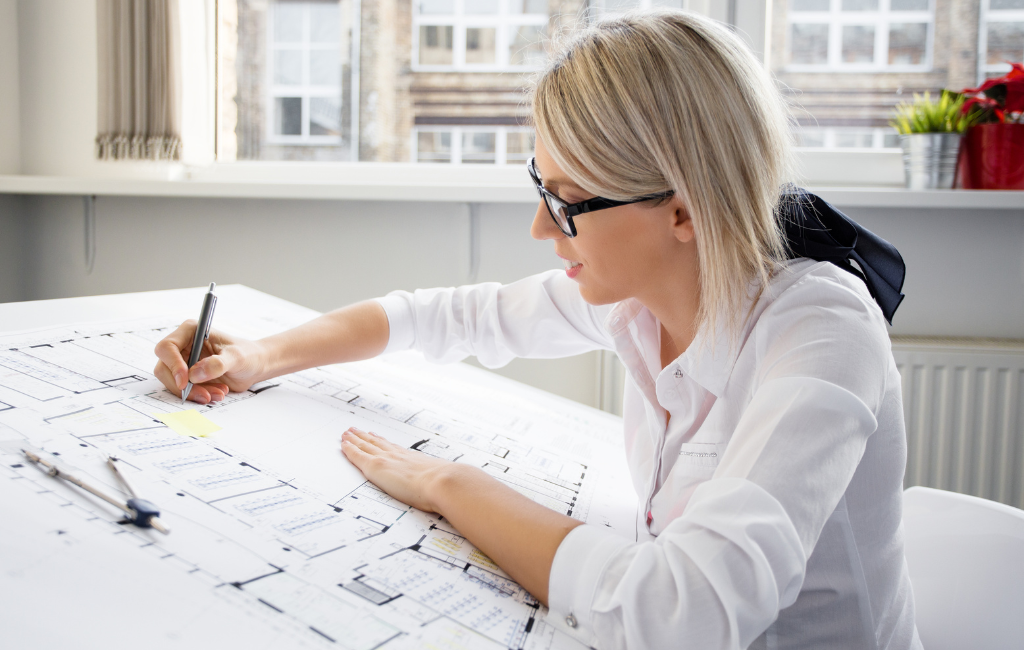Architect Strategies for Efficient Designs
Efficient architectural design is a cornerstone of modern construction, balancing aesthetics, functionality, and sustainability. This article explores various strategies that architects employ to create efficient designs, supported by examples, case studies, and statistics.
Understanding Efficient Design
Efficient design in architecture refers to the optimal use of resources, space, and energy to create structures that meet the needs of their users while minimizing waste and environmental impact. This approach not only benefits the environment but also reduces costs and enhances the quality of life for occupants.
Key Principles of Efficient Design
- Resource Optimization
- Energy Efficiency
- Space Utilization
- Sustainability
Resource Optimization
Resource optimization involves using materials and resources in the most effective way possible. This can be achieved through various methods:
- Using locally sourced materials to reduce transportation costs and emissions.
- Incorporating recycled or reclaimed materials to minimize waste.
- Employing modular construction techniques to reduce material waste.
For example, the Bullitt Center in Seattle, often referred to as the greenest commercial building in the world, uses locally sourced timber and recycled materials extensively. This approach not only reduces the building’s carbon footprint but also supports the local economy.
Energy Efficiency
Energy efficiency is a critical aspect of efficient design. Architects can enhance energy efficiency through several strategies:
- Passive solar design to maximize natural light and heat.
- High-performance insulation to reduce heating and cooling needs.
- Energy-efficient windows and doors to minimize heat loss.
- Incorporating renewable energy sources such as solar panels and wind turbines.
The Edge in Amsterdam is a prime example of an energy-efficient building. It uses a combination of solar panels, energy-efficient lighting, and smart technology to achieve a net-zero energy status. The building’s design maximizes natural light, reducing the need for artificial lighting during the day.
Space Utilization
Efficient use of space is another key component of effective architectural design. This involves creating flexible and adaptable spaces that can serve multiple purposes. Strategies include:
- Open floor plans that allow for easy reconfiguration.
- Multi-functional furniture and fixtures.
- Vertical space utilization through mezzanines and lofts.
The Micro Compact Home, designed by Horden Cherry Lee Architects, is a perfect example of space utilization. Despite its small footprint, the home includes all necessary amenities, demonstrating how thoughtful design can maximize limited space.
Sustainability
Sustainability in architecture goes beyond resource and energy efficiency. It encompasses the entire lifecycle of a building, from construction to demolition. Sustainable design strategies include:
- Using renewable and biodegradable materials.
- Designing for disassembly to facilitate recycling and reuse.
- Incorporating green roofs and walls to enhance biodiversity.
- Implementing water-saving technologies such as rainwater harvesting and greywater recycling.
One notable example is the Bosco Verticale in Milan, which features vertical forests on its facades. These green walls not only improve air quality but also provide insulation, reducing the building’s energy consumption.
Case Studies
The Bullitt Center, Seattle
The Bullitt Center is a six-story commercial building that sets a high standard for sustainable design. It features composting toilets, a rainwater-to-potable water system, and a solar array that generates more energy than the building consumes. The use of locally sourced and recycled materials further enhances its sustainability credentials.
The Edge, Amsterdam
The Edge is an office building that exemplifies energy efficiency and smart technology integration. Its design includes a large atrium that maximizes natural light, reducing the need for artificial lighting. The building’s smart systems monitor and adjust energy usage in real-time, ensuring optimal efficiency.
Micro Compact Home
The Micro Compact Home is a small, prefabricated dwelling that demonstrates how efficient design can maximize limited space. Despite its compact size, the home includes a kitchen, bathroom, living area, and sleeping quarters. Its modular design allows for easy transportation and assembly.
Statistics on Efficient Design
Several studies highlight the benefits of efficient architectural design:
- According to the U.S. Green Building Council, green buildings can reduce energy use by 30-50% and water use by 30-40%.
- A study by the World Green Building Council found that green buildings can increase property values by up to 7%.
- The International Energy Agency reports that energy-efficient buildings could reduce global CO2 emissions by 5.9 gigatons annually by 2050.
Conclusion
Efficient architectural design is a multifaceted approach that encompasses resource optimization, energy efficiency, space utilization, and sustainability. By adopting these strategies, architects can create buildings that are not only functional and aesthetically pleasing but also environmentally responsible and cost-effective. The examples and case studies discussed in this article demonstrate the tangible benefits of efficient design, highlighting its importance in shaping the future of architecture.
